Driving in Australia
Australia has a vast territory and a long coastline, making it an ideal place for a road trip. Many scenic driving routes are world-famous, attracting countless travelers every year. It is not difficult to drive in Australia. With highly developed road networks, good road conditions, reasonable traffic rules, and clear traffic signs – driving is going to be a pleasure. So, pack your bags and get ready to enjoy an unforgettable journey!
How to book a car when taking a road trip in Australia?
There are four simple steps:
- Choose your route and car model
- Fill in your order details
- Complete your reservation
- Pick up your car at the store
How to choose a car that meets your needs?
Most of Australia’s roads are wide, so medium and large Japanese cars are good choices. They are not only fuel efficient and easy to control, but also cheap. If you go to Western Australia or the Northern Territory, you can consider renting an SUV. If you go to the coast road, you can choose a cabriolet and enjoy the driving experience and a breathtaking scenery.
Australian car rental companies generally use Japanese cars, American cars and Australian-based HOLDEN. The most popular models are the compact SUV Nissan Dualis, the large SUV Mitsubishi Outlander and the medium-sized Toyota Corolla. The most popular car rental providers are Hertz and Avis among others.
If you are traveling long distances, make sure that your car is in good condition and always pay attention to fuel level in your tank.
If your travel budget is sufficient, it is recommended to choose an insurance with the most comprehensive coverage, as repairing the car might be very expensive. Moreover, if you get injured, medical expenses and other related charges will also be high.
The better your coverage is, the lower your financial risk will be.
Road trip guidance
Pick-up materials
| Item | Note |
| 1. ID Card or Passport | Belonging to the main driver |
| 2. Driver’s License | National and international driver’s licenses (or your national license and an official translation in English).
If you hold an Australian driver’s license or a foreign license written in English, you are not required to have an international driver’s license. |
| 3. Credit/Debit Card | Master card or Visa card in main driver’s name, with available credit over $1000. |
| 4. Pick-up Document | Offered by QEEQ.COM once the reservation is successfully confirmed. For many bookings electronic pick-up document is also available, which can be used to replace the paper version. |
Note: In order to rent a car in Australia you must be at least 21 years old with a full license and 2 years of driving experience (3 years in case of Tasmania). Age requirements may vary according to car category. Drivers between the ages of 21 to 25 may have to pay young driver surcharge.
Other materials that you might need:
- Offline navigation app: Tantu Map, provided by QEEQ.COM for free.
- Phone holder: Australian traffic regulations stipulate that mobile phones cannot be used when driving, so it is useful to have a phone holder.
- Child Seat: Proper safety seats for children are required. Otherwise, driver will face heavy fines, you can reserve a child seat online, ahead of your trip.
How to get to the store?
| On foot | If the store is nearby you can walk and simply follow the “car rental” signs. |
| By bus | If the store is far, usually there is a free shuttle bus available (approx. in every 15 mins). You may find the name/logo of the company for directions towards the bus station. |
| By requesting a pickup on the spot | If a shuttle bus is not available, you can dial the store number and wait for the staff to pick you up. If you have problems when communicating with the local staff, you can contact QEEQ.COM’ customer service for assistance. |
| By requesting a pickup in advance (staff waiting with a name board) | Some rental companies will provide meet and greet service. One of the employees will be waiting for you with a name tag. If you cannot find him/her, dial the store number. |
What do you need to know when picking up a car?
- Bring all the necessary documents and ensure that you have sufficient amount of money on your credit card.
The main driver is required to have all the relevant documents. The credit card must be issued in the name of the main driver. Also, you should verify that there is enough money on your credit card for the purpose of pre-authorizing the deposit.
- Early pick up/Early drop off
In some cases, if you pick up your car earlier, you might be asked to drop it off earlier too. However, some companies might allow you to pick up the car in advance but return at the original drop off time. The rules also vary based on the location of the rental office. Make sure to inform the rental company in case you prefer to get your car before the scheduled time. Additional charges might be incurred.
- Registration of additional drivers
If there are additional drivers, make sure to provide relevant information and register them at the store. Otherwise in case of accident, the insurance will be invalid.
- Car checking
Inspect the car carefully before picking it up. If some defect (even a small scratch) is found, it is necessary to show it to the staff and indicate the damaged location in the inspection voucher. It is highly recommended to take photos of those defects in order to avoid disputes when dropping off the car.
- Keep all the contracts and receipts
Make sure to keep all the contracts and receipts.
What to do if you are offered additional services and insurances at the rental counter?
- Compare the details of your contract and pick up voucher
When picking up a car at a store, the clerk may promote additional insurances and services. Before signing the contract, carefully check whether the estimated charge written in the rental agreement is consistent with numbers in pick-up voucher. Inconsistency might mean that they have added additional services in the list.
- You can reject any of the extra offers you don’t need
Extra insurances and services are optional. It’s up to you whether or not you want to have them. You can explicitly reject the ones that you don’t need. If you have any questions when negotiating with the store, feel free to call QEEQ.COM’ customer service for assistance.
What should you pay attention to when crossing the border?
When you book a car with QEEQ.COM, you can check the box where you can indicate that you would like to travel across the border.
Tips:
1.When picking up your car from the store, please inform the staff that you will be crossing the border, otherwise your insurance might become void.
2.Cross-border fees need to be paid at the local store after you cross the border. You should confirm extra fees with the store.
When booking/selecting a car you might see an indication that you cannot cross the border. That usually happens due to some restrictions on certain car models or rules set by the rental companies. In such cases you could simply try changing the car model or selecting another car rental supplier.
Traffic rules and signs
Traffic rules:
- Drive on the left side
Vehicles in Australia are required to drive on the left-hand side of a road.
- Pedestrians first
Drivers must always give way to pedestrians. When a pedestrian is approaching a “zebra crossing” driver must slow down and if necessary stop, to let the pedestrian cross safely. Pay attention that windshield wipers’ and turn signal’s buttons are on the opposite side when compared to left-hand-drive vehicles. Also, be careful when overtaking other cars or when entering/leaving a roundabout. It might take you at least half a day to get used to the traffic.
- Fasten your seat belts
Seat belts must be worn at all times (applies to passengers in the back seat too).
- Child seat
Children under age 7 must be in a child seat, type of which depends on the child’s size and exact age.
- No phones while driving
You are not permitted to use a handheld mobile phone when driving. Otherwise you will face high fines as the special cameras will see you speeding.
- No needless honking
Unless under special or urgent circumstances, do not use your car horn, as it considered to be rude.
- Police & emergency vehicles
When driving, once you hear an ambulance or police sirens, you must immediately pull over and let them pass, regardless the side of the road you are driving.
- The right of way
Australians really value the right of way. If there are no signs, the driver who has the right of way is the one with priority over others. Keep this in mind and give way to those who have the right of way when driving.
Important signs:
-
STOP sign
If there is a STOP sign, all vehicles must stop for 3 seconds. The driver at an intersection in front of a stop sign (or unbroken line) must come to a complete stop before giving way to all traffic entering and approaching the intersection.
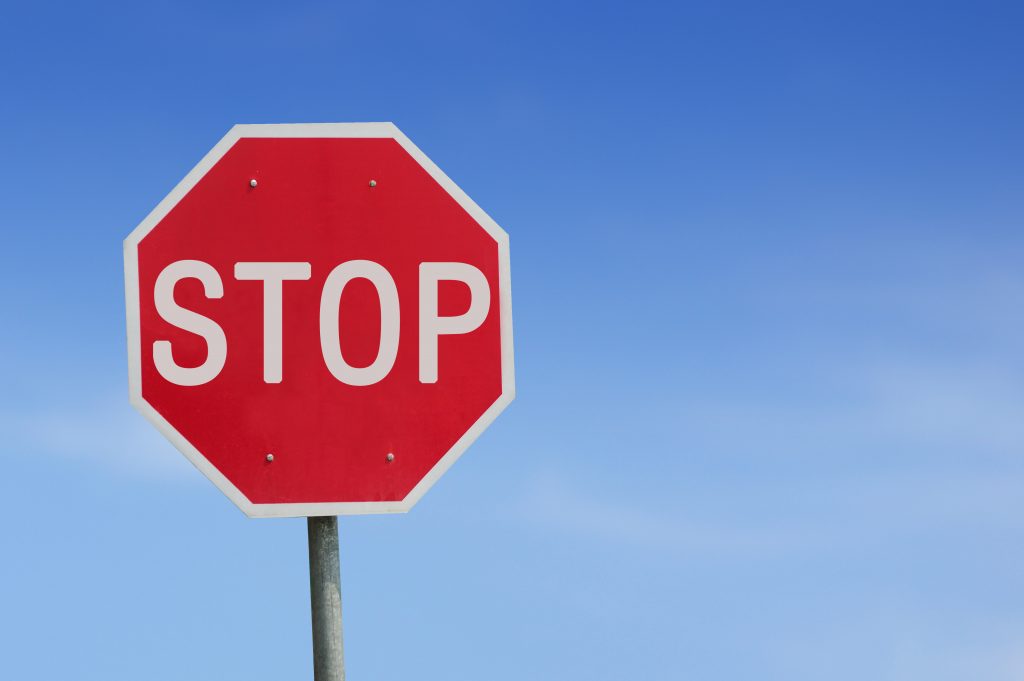
-
GIVE WAY sign
The driver at an intersection with a GIVE WAY sign must give way to all traffic entering and approaching the intersection.
No signs or traffic lights at a ‘T’ intersection
When approaching a ‘T’ intersection that does not have any traffic lights or signage, the driver turning left or right from the terminating road must give way to any vehicle travelling on the continuing road.
No signs or lights at a ‘non-T’ intersection
When there are no signs or signals at a ‘non-T’ intersection, the driver must give way to: 1. coming vehicles that are heading straight through the intersection, 2. coming vehicles that are turning left.
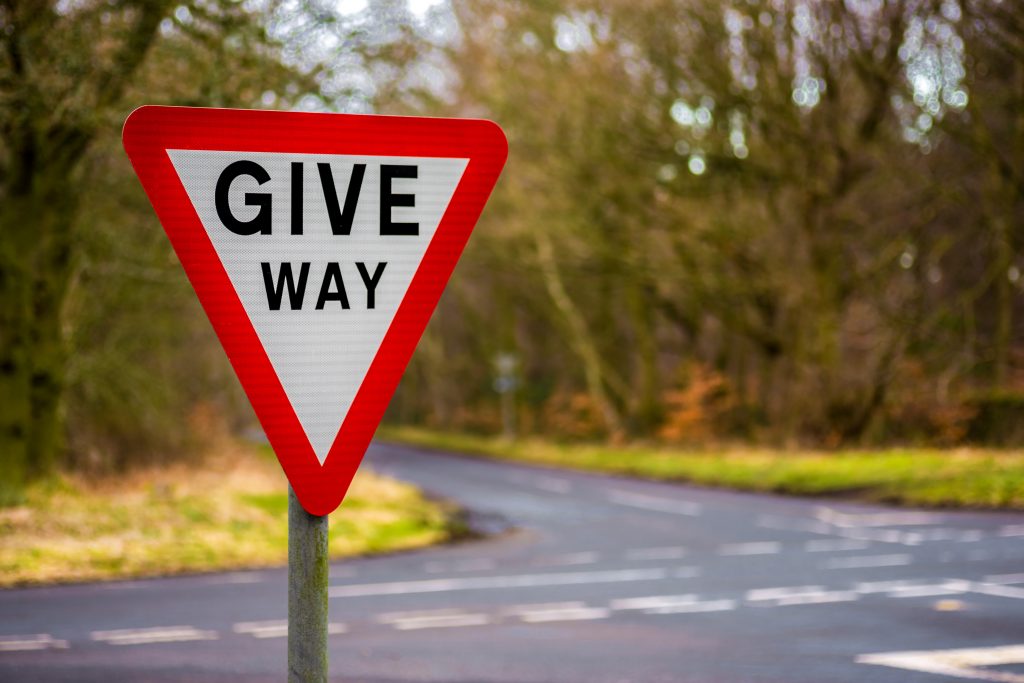
-
Roundabouts
There are many roundabouts in urban areas in Australia. Follow the arrows and always give way to the right-side vehicles. When entering a roundabout, driver must give way to vehicles already in the roundabout. No line and stop are allowed in roundabouts.
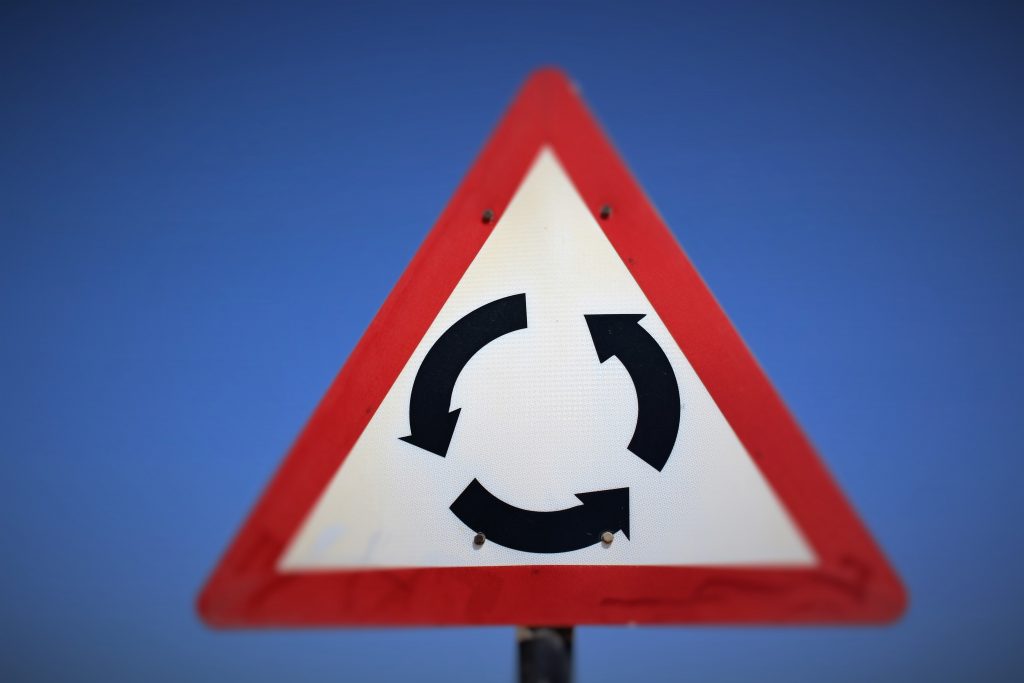
-
Speed Limit
Speed limits are strictly enforced in Australia. Generally speaking, the speed limit is 50km/h in cities, 25-40km/h in school zones, and 100-110km/h on expressways. Some roads do not have visible speed limit signs, but speed limits still apply. You should be especially careful in residential areas and in school zones.
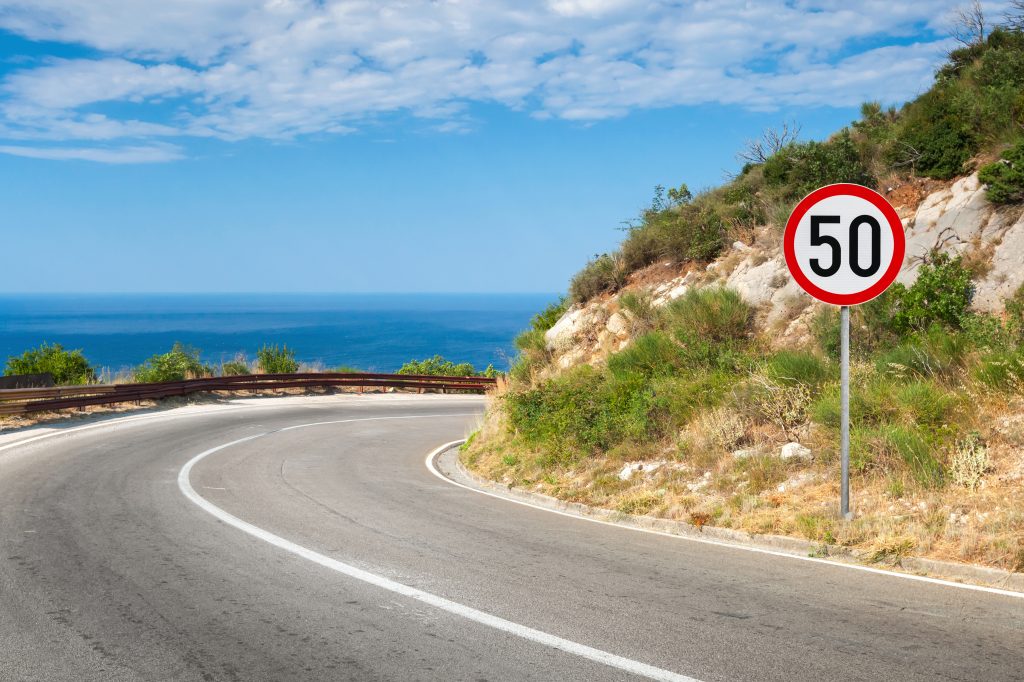
-
Hook Turn
The hook turn is a way of turning right when there is a tram on the road you’re turning from. Remember, Australians drive on the left, so turning right takes you over oncoming traffic lanes. Being in front of a tram can be dangerous, but hook turns make it safer.
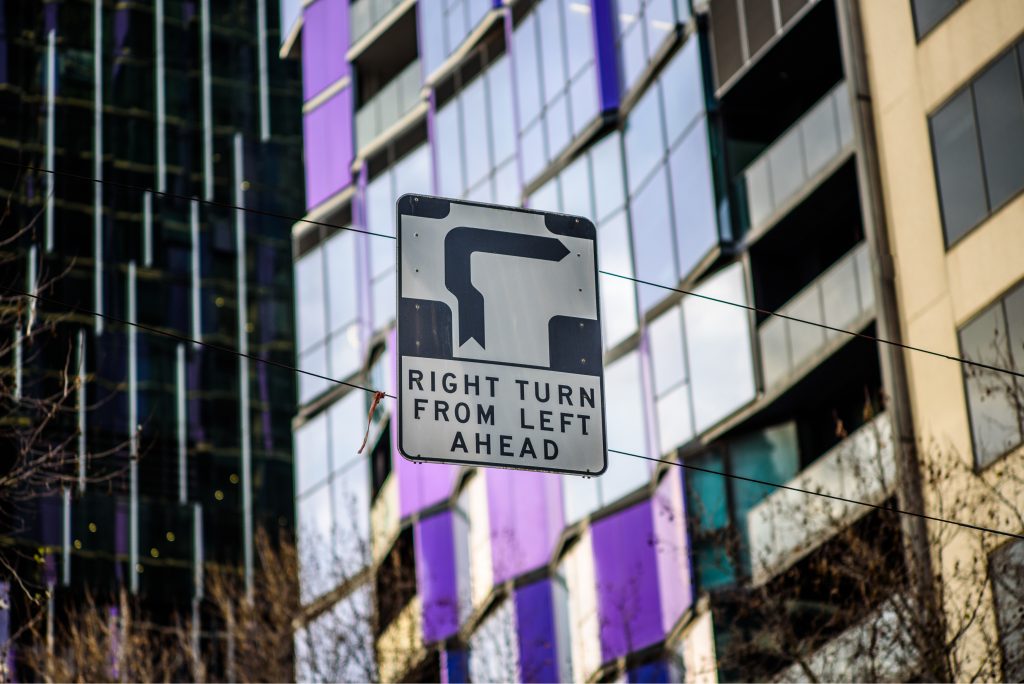
-
One-way traffic sign
Most of the roads in big cities of Australia are one-way roads, however, they are narrow. We recommend you to find out about the road conditions before entering a city.
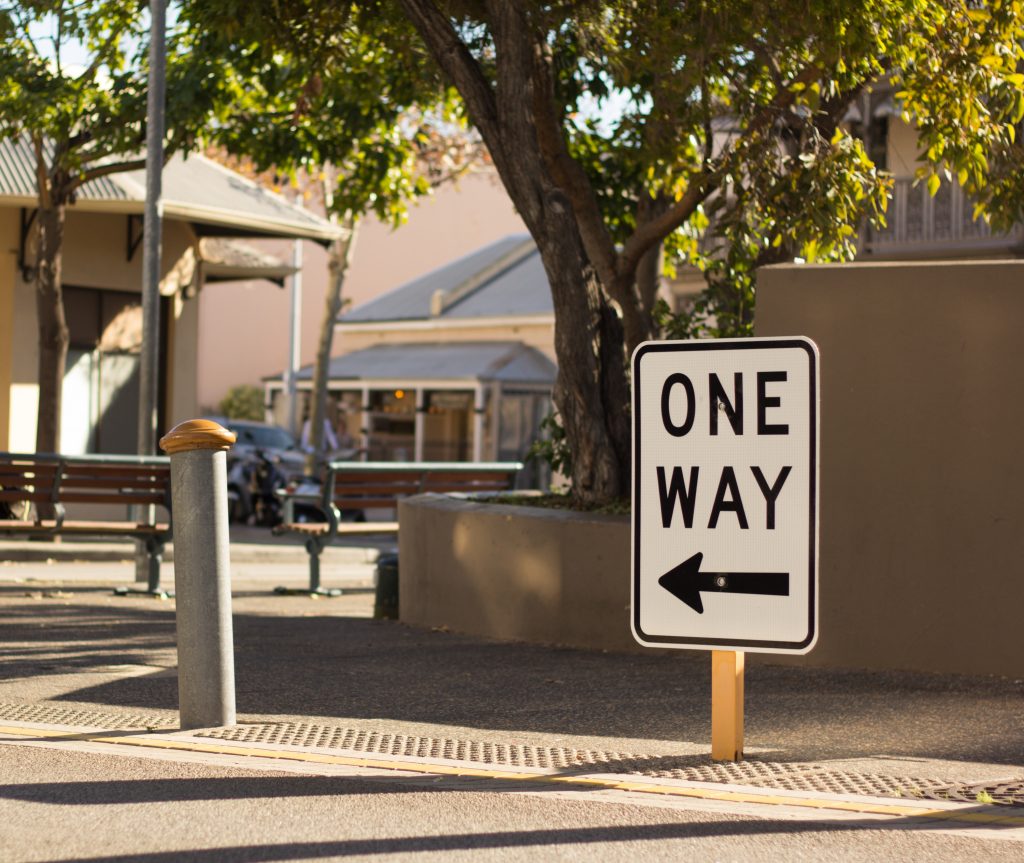
-
Wild Animals
There are many wild animals in Australia, such as kangaroos, lynxes, wombats and koalas. Livestock may also appear on roads. Therefore, it is necessary to drive with extra care if you see this sign. If an animal suddenly appears in front of you, just slow down, and do not make sharp turns, as the vehicle might roll over.
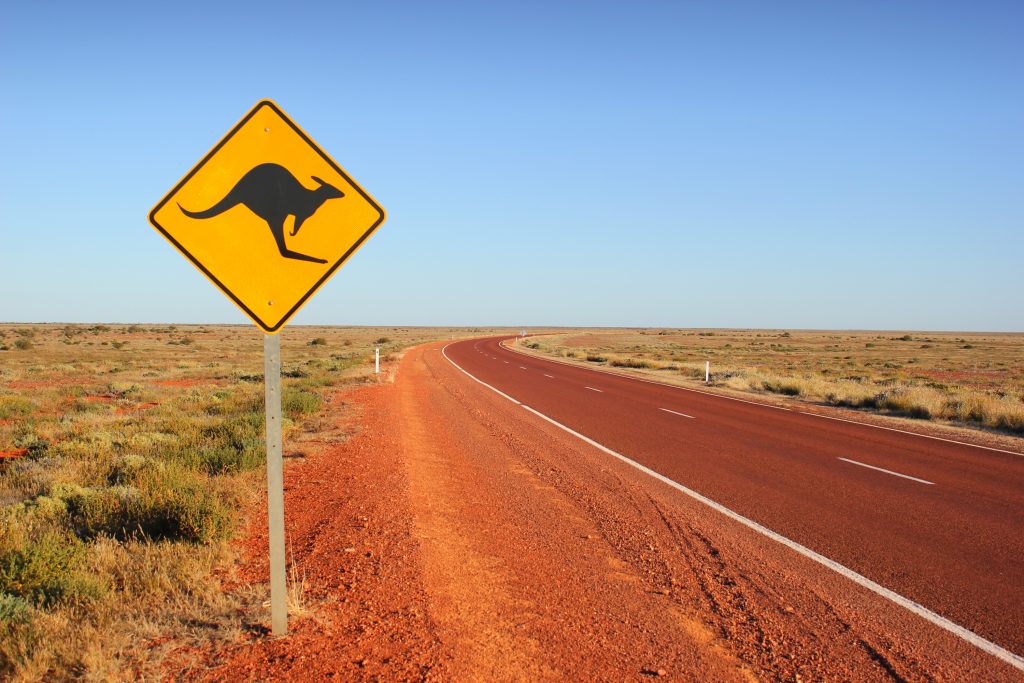
-
Other common signs


Roads & Fees
Need-to-know
- Australia has an extensive road network with good road conditions and is suitable for driving. However, road conditions in rural and remote areas are complex and varied, including tarred roads, gravel roads, dirt roads, etc. Drivers need to be alert.
- On Australian roads you will meet Road trains. These are trucking vehicles used in remote areas of the country. They may have a length of 50 meters or sometimes even more. Drivers should be careful when overtaking the road trains.
Toll Roads
Most of the highways in Australia are free, but there are some with tolls. At the entrance of such roads there is an indication “TOLL”. The fees are not charged based on mileage, but based on toll road sections and the number of times you use them. There is a fixed price for each toll road section. AUD 1-5 per section for small cars and commercial vehicles.
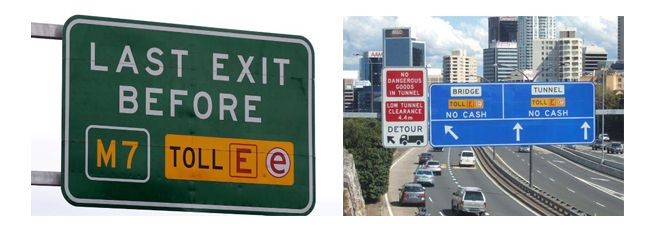
It is recommended to start your GPS navigation in advance and use it to avoid the toll roads.
- How do I pay the fees?
All toll roads in Australia are operated on a cashless tolling system. Drivers may have an electronic tag fitted to their vehicles which automatically detects what roads have been travelled, which is then linked to an account from which the money is deducted.
It is recommended to rent an E-Tag when picking-up your vehicle, then the toll fees can be charged from the authorized account with lower service fees.
- What will happen if I use toll roads without an electronic tag?
Without E-tag, you need to pay the fee within three days after using the road. You will have several options for making your payment.
In New South Wales, you can log in to the MyToll website or call 131865 to make a payment within three days. If you do not pay within three days, you will receive your first notification, with a management fee of $10. If you ignore the notification, you will get a $165 ticket.
In Queensland and Victoria, you can pay by phone, internet or credit card after receiving the bill from the turnpike authority.
Refueling and parking
Refueling Service
Main fuel types in Australia include: Diesel, Petrol and Gasoline.
Gasoline types are generally Premium Unleaded 98, Premium Unleaded 95, Unleaded 91, and Unleaded E10.
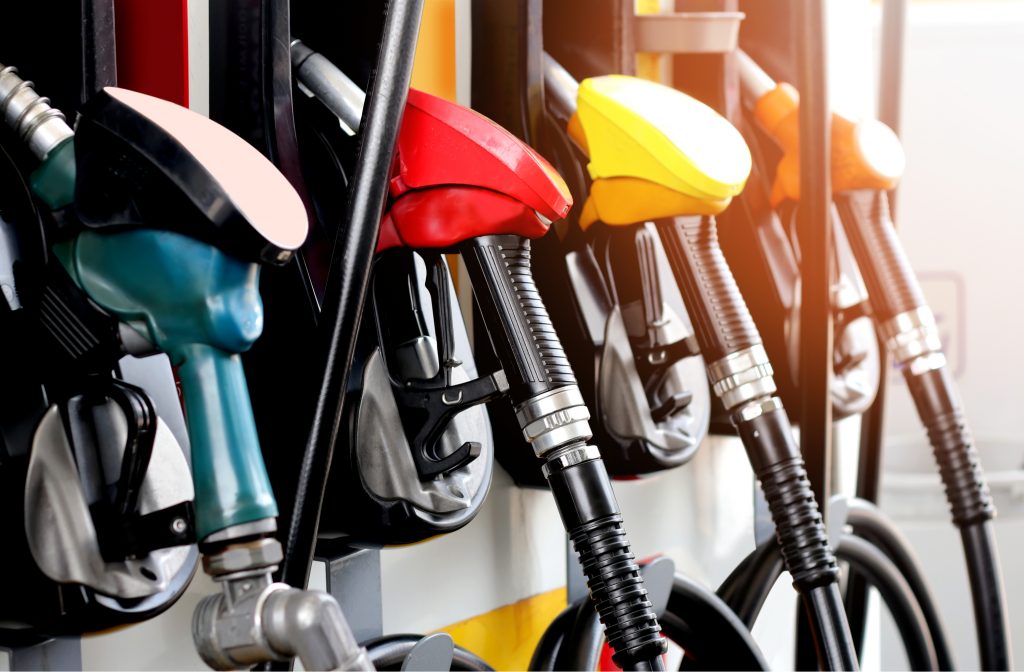
Make sure to refuel your rental car with the correct fuel. If you are not sure about the type, ask the staff about it before starting your journey. If you refuel your vehicle with а wrong fuel, contact the store immediately. Do not start the vehicle to avoid further damage. Fuel tank and some other parts of the vehicle might require comprehensive cleaning (unless you started the engine, which would complicate the condition even further).
It’s easy to refuel the car on your own: in Australia there are self-service gas stations. You can pay by cash or credit card,
Tips for refueling:
- Australian gas stations are located mostly in cities and towns. If you want to go to remote areas, make sure to fill up the tank in advance.
- Oil prices differ from one area to another. Usually in larger cities fuel is cheaper than in smaller cities or in suburbs. It’s good if you check the prices before you decide where you want to fill up your tank.
- There are two supermarkets in Australia Coles and Woolworth, they usually provide fuel coupons once you spend certain amount of money with them,
- Oil prices are lower on Tuesdays and Wednesdays. If you have an opportunity to refuel during one of these days you will definitely save some money.
Parking Regulations
Where can you park?
- Public parking lots
Usually there are free parking lots around shopping malls and supermarkets. Parking lots in scenic/touristic spots are generally paid. Blue Mountain National Park, Victoria’s Great Ocean Road, etc. do not charge for parking.
- Free parking on roadside (limited time)
Some free parking spaces on the roadside in Australia generally have time limits. Parking signs usually contain the details about limitations. For example, the signboard in the lower left figure means: every Saturday from 9:00 am to 12:00 pm, the parking time is limited to one hour. Outside this time range, there is no limit for parking. The signboard in the lower right figure means: every Monday to Fridays from 9:00 am to 4:00 pm, parking is limited to 5 minutes. Outside of this time range, parking is unlimited.
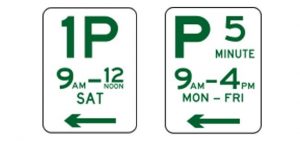
- Paid parking on roadside
In paid roadside parking areas on the sign it reads “Meter”, which indicates that parking in the area is paid and there are meters installed in this location. You can pay the fee by credit card or cash. Such parking spots are equipped with sensors that detect overtime parking as well as the cases where drivers leave without paying. The information is then automatically sent to relevant authorities.
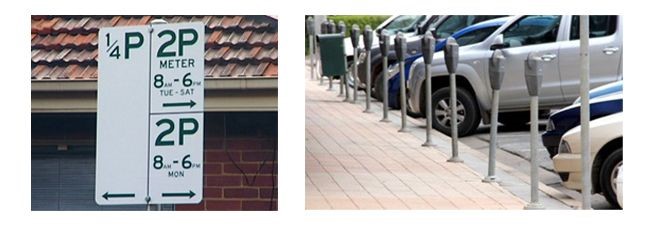
- Paid parking lots
Paid parking lots (separate areas designed for parking) are generally more expensive, sometimes the prices can be as high as $10 per hour. The fees are paid after parking. You will have an option to pay via cash or credit card.
Where not to park?
- You are not allowed to park in handicapped parking spaces, building entrances, next to fire hydrants and on bus stops.
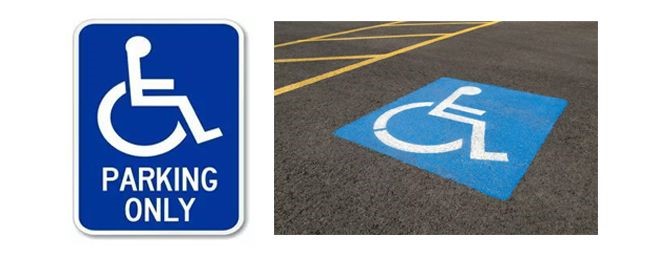
2. You cannot park in places with “no parking” signs.
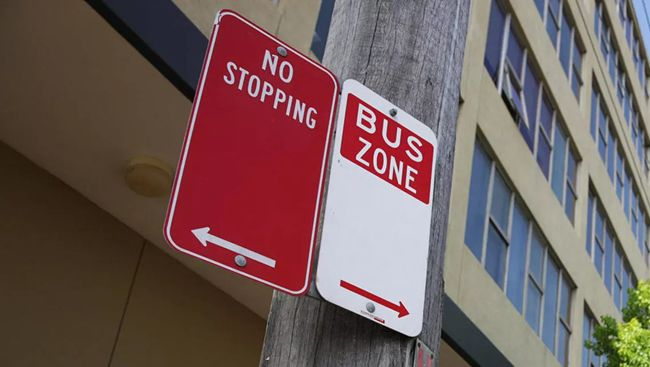
Paying via parking meter
Roadside parking meters generally charge 2 AUD per hour, which can be paid by credit cards or coins.
Method: Insert Coin/Credit Card; Select Duration; Confirm; Print Ticket; Place the ticket on the windshield
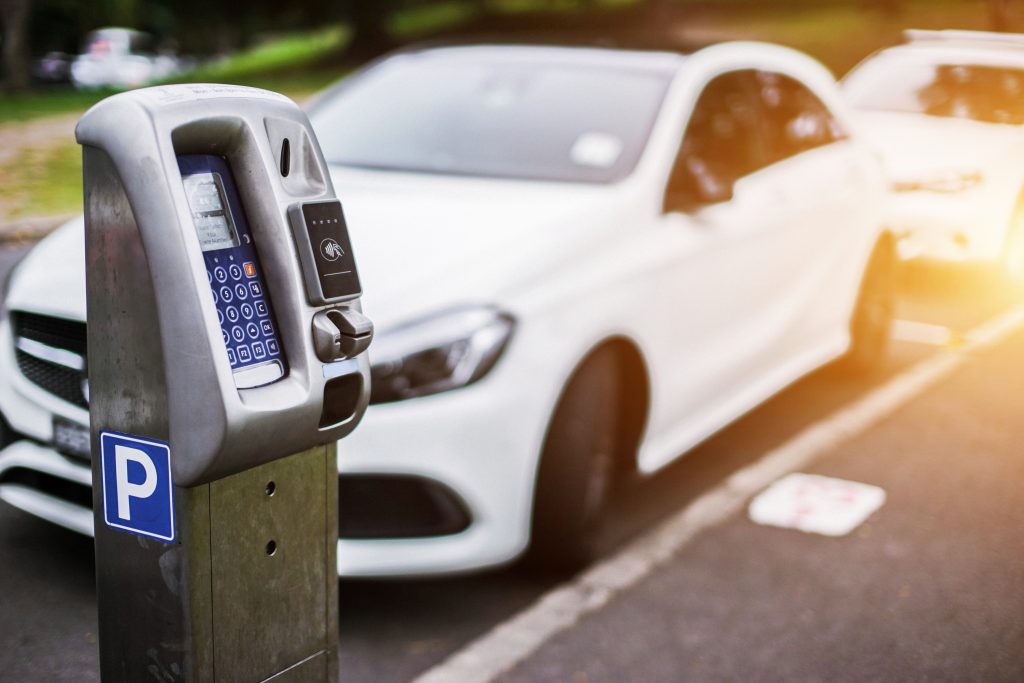
Tips for parking:
- It is recommended to plan your parking space in advance according to your travel schedule, which will not only reduce the time related to finding parking places, but also help you save money.
- Do not park in No Parking Zones
- Don’t leave your luggage in your car while its parked without attention, in order to avoid theft and damage.
Emergency services
Five steps to follow in case of an accident:
- Stop the car as soon as possible.
- Switch on hazard lights.
- Check yourself and passengers for any injury.
- If it’s a minor collision and there are no injuries, it is still advised to record details. At some point the other party might demand compensation for damages.
- If anyone is hurt or if the road is blocked call the police/ambulance immediately.
Police/Fire/Ambulance: 000
QEEQ.COM: +61-1800-984-975
Fender benders
- Check for any injuries
- Move the vehicle to the roadside
- Call 000
- Photograph the condition and plate numbers of each vehicle in the accident
- Wait for the police to register the accident and keep the record
- Call QEEQ.COM and the insurance company
Damage & Loss
- Call 000
- Ask the police to register the accident
- Make a claim to the insurance provider
- Wait for the verification of the information
Stalled car & Flat tire
- Call the car rental company
- The store might send their staff for assistance
- If you are unable to contact the store, ask the police to help you call for road assistance. Often the cost of repair is quite high, therefore, having full protection would be quite beneficial.
Return
Once your journey is over, make sure to return the vehicle on time. Park the car in the designated area and carefully check your personal belongings before leaving.
What you should do:
- Check the statements
When dropping off the car, the staff will check its condition and print relevant statements. Please check them carefully and make sure no irrelevant charges are included.
- Clean the car
If there is any extensive odor or dirt in the car, please clean it before returning, otherwise you will be asked to pay the cleaning fees.
- Keep the gas receipt
If you selected a ‘Full to Full’ fuel policy, please keep the refueling receipt. The station where you refuel your vehicle should be located within 5kms from the drop-off store. You might need to give the receipt at the store.
- Keep the contracts
Please keep all car rental contracts, documents and even pictures after returning the car, until the deposit is refunded to you, in case of cost disputes.
Early or late return
- Early return
If you return your car earlier than the time that was agreed in the rental contract, the car hire company will not refund the money for unused days.
- Late return
If you would like to return the car later than stated in your rental contract, please contact the store and find out if you are allowed to extend your contract. At the same time confirm the addition fees.
Returning your car after the office hours
If your return time is not within the store’s business hours, please call the store or QEEQ.COM to find out if that’s possible and whether there will be an extra charge imposed.
If the store agrees, please park the car in the designated area and take pictures of the oil meter, odometer and vehicle exterior, then put the car keys into the key/drop off box.
To avoid unnecessary trouble, we recommend you to drop-off your vehicle during business hours.
Insurance payments
We recommend you to purchase an advanced insurance such as: Super Protection.
Required Materials
- Passport
- Main driver’s license
- Car rental contract
- Car damage deduction documents
- Debit/Credit card (the one you used for deposit)
- Credit card deductions documents
To ensure efficiency, please submit the required documents to QEEQ.COM. We will then organize the information and send it to the insurance company. Follow these steps:
- Fill in the information, upload and submit the claim documents.
- Insurance company will review them in 3 working days.
- Once the claim is approved, the compensation will be sent to your bank card.
Penalty payment
Did you receive some unknown charges after returning home?
If yes, it is likely that they include one of the following: toll fees, car damage and extra service fees, or traffic/driving penalties. If you don’t know the details of an offence, please contact the customer service.
Traffic laws are strictly enforced in Australia; therefore, the fines are very high. Following the rules carefully is strict


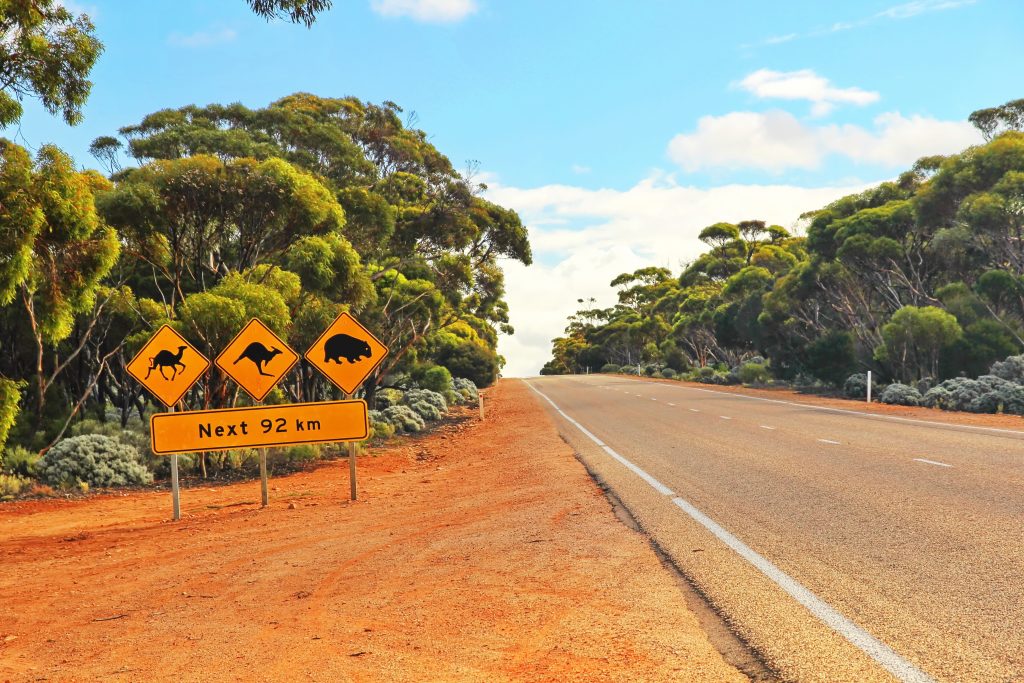
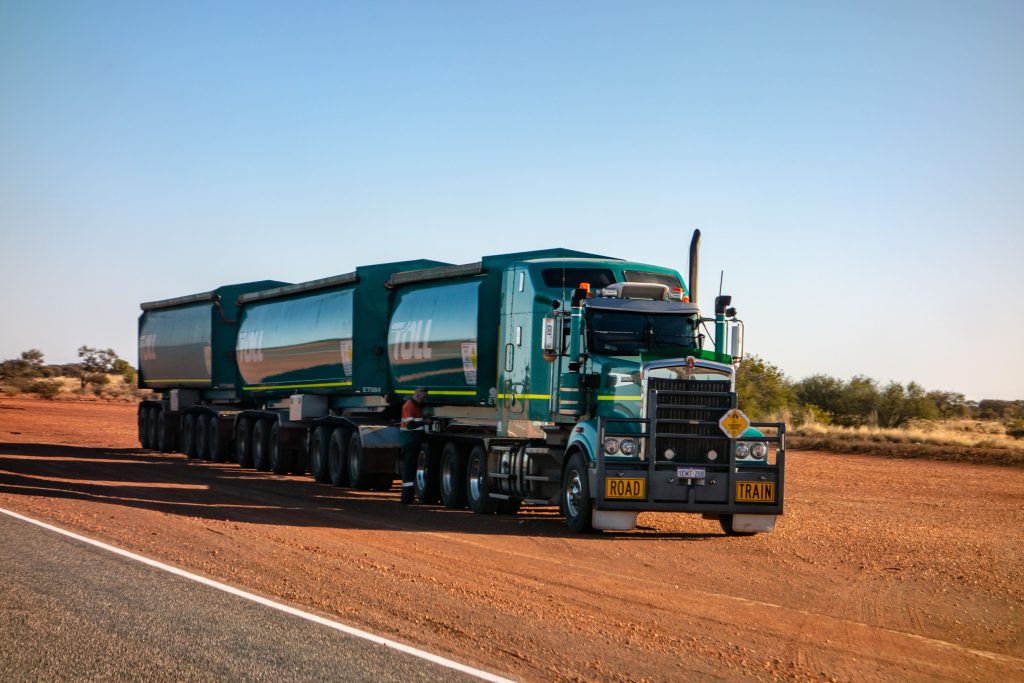
Thanks for helping me understand what I should know before hiring a car in Australia. I’m from the US and I’ve always wanted to visit the land down under. What this article mentioned about how driving on the left side, and how Australia has a pedestrians-first traffic policy was really interesting for me.